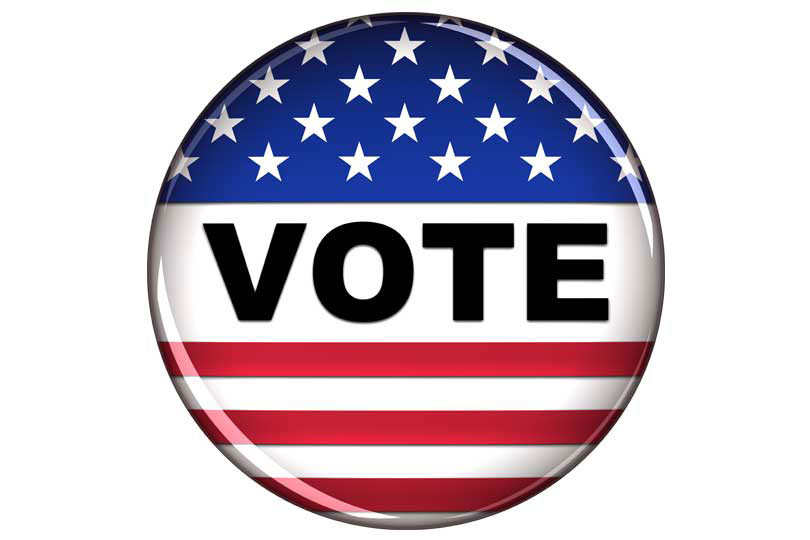By Jessica Domel
Multimedia Reporter
The fate of more than a dozen elected positions will be decided by Texas voters starting Tuesday.
Early voting for the March 6 primary will run Tuesday, Feb. 20, through Friday, March 2.
“This year, Texas is the first primary in the nation,” Sam Taylor, communications director for the Texas Secretary of State, said.
Elections are a two-step process.
First is the primary, which determines the candidates that will represent their party in the November Uniform Election.
“When you go into the polling place, voters are going to be given the option of whether or not they want to vote in the Democratic or Republican primary,” Taylor said.
“You don’t have to be registered for a party to vote in Texas,” Taylor said. “You just get the option of which primary you want to vote in. You can choose whether to vote in the Republican or Democratic primary, but you can’t vote in both.”
This year, there are eight Congressional seats open in Texas, many of which have more than one candidate seeking their party’s nod. In some instances, Taylor explained, primary run-off elections may be required.
“In the primaries, in order to secure the nomination for whatever party the candidate is running for, you’ll have to get a majority of votes—50 percent or more,” Taylor said. “If no one candidate gets a majority of the votes cast in the primary election, then it goes to a run-off. The top two vote-getters go to a run-off for that particular primary.”
If a primary run-off is required, it will be held May 22.
The second step in the election process is the November Uniform Election where the winners of each primary will face off to fill their respective seat.
Taylor encourages all registered voters to take the time to cast their ballots in the primary, whether they go to the polls during early voting or on Primary Election Day.
“Early voting is a great option for all Texans, because regardless of whether or not your county participates in the county-wide polling program, during the early voting period, you can vote at any location in your county,” Taylor said.
Voters must take one of seven approved forms of photo identification to the polls.
“Those seven forms are either your Texas driver’s license, your Texas election identification certificate issued by DPS, your personal identification card issued by DPS, a Texas handgun license issued by DPS, a military ID card with a photo, a citizenship certificate with a photo or your United States passport,” Taylor said.
Voters who do not have one of those forms of ID and cannot reasonably obtain one can fill out a reasonable impediment declaration.
“That basically explains why you weren’t able to reasonably obtain one of those IDs,” Taylor said. “Then you can provide a supporting form of identification, like a utility bill, a bank statement, a government check, a paycheck or really any government document that shows the voter’s name and address.”
Seats up for grabs this election include: governor, lieutenant governor, attorney general, state comptroller, commissioner of the general land office, U.S. Senator, U.S. Representative for select districts, Texas Commissioner of Agriculture, Railroad Commissioner and more.
Voters can obtain a sample ballot with open seats on their county elections office’s website or in person at the elections office.
“It’s really important, from the time you turn 18 in this country, you’re eligible to vote. I know Secretary Rolando Pablos has been really adamant about the issue of getting voters in the habit of becoming lifelong voters and becoming participants in our civic culture both in the state and around the country,” Taylor said. “The earlier you get started and the more frequently you vote in the elections, the more you really understand and become connected to the process.”
Polling locations for the early voting and Primary Election Day can be found at VoteTexas.gov. Voters can also find what’s on the ballot, by county, on the site.

